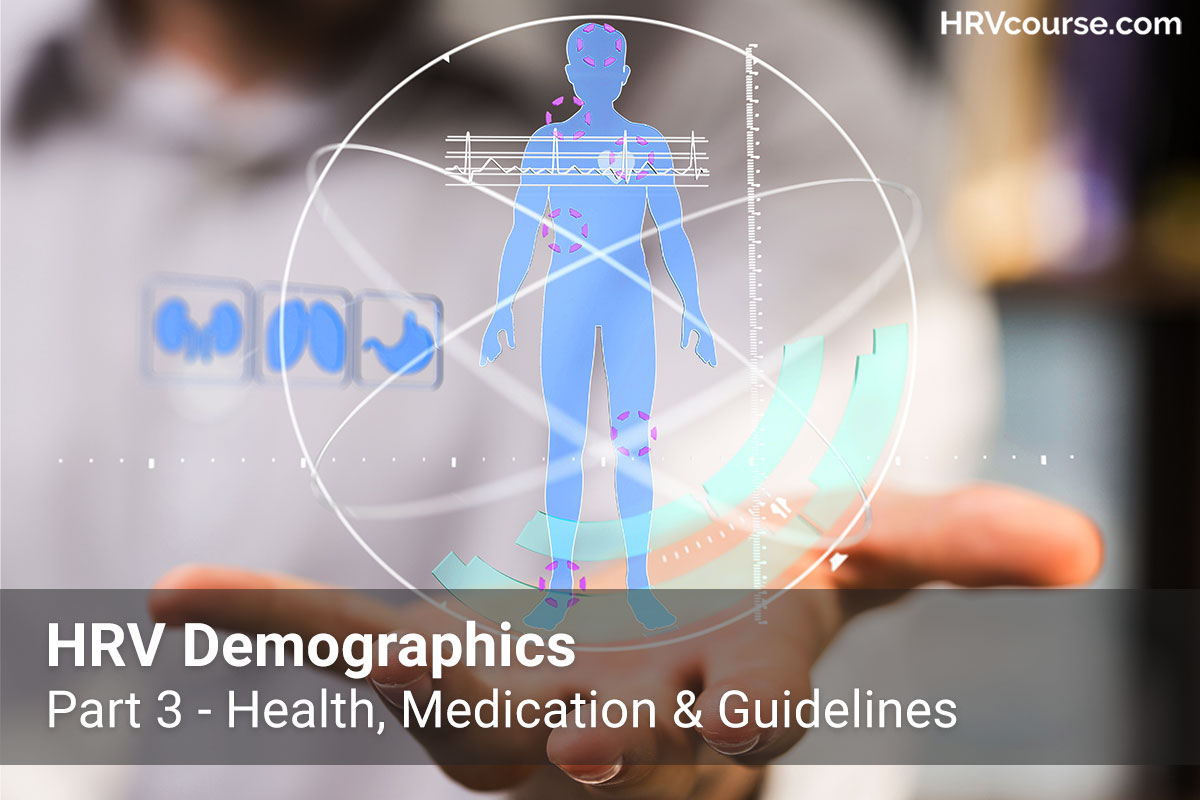Nutrition Facts You Need To Know
Nutrients are often broken down into two categories: “macronutrients” and “micronutrients”. Both play an extremely important role in building, maintaining, and repairing your body, and both affect mental health, physical performance, and everything in between.
Macronutrients Overview
The term “macronutrient” generally refers to protein, carbs, and fat. Each of these has a minimum and maximum threshold that you need to accomplish your goals effectively.
For example, too little protein makes it hard for the body to repair tissues. Too little fat or carbohydrates makes energy production difficult. Too much of any macronutrient can be toxic and cause elevated systemic inflammation and adds an unnecessary burden to your total stress load.
Optimal macronutrient quantities and ratios of protein, carbs, and fat are hotly debated. This is often the result of polarizing, one-size-fits-all statements on what is right and wrong, rather than more nuanced, complex, and personalized guidance… a debate which you can read more about in this book.
An important note about macronutrients is that they are broken down in the digestive system into smaller parts, most of which are considered micronutrients. So while protein is often just considered protein, it actually breaks down into different amounts of varying amino acids depending on the protein source.
We talk more about macronutrients in several podcast episodes, and they are discussed some in the Foundations of Heart Rate Variability course as well. The rest of this post will focus more on micronutrients – which are often less understood, less hotly debated, and yet just as important.
How Micronutrients Affect Your Health & Performance
Micronutrients are specific vitamins, minerals, essential fatty acids, amino acids, and other substances that your body needs in relatively small quantities to function properly. Similar to macronutrients, there is a minimum and maximum threshold for each micronutrient that your body needs, and these thresholds are highly dependent on your personal starting point, goals, and overall lifestyle.
Micronutrient Toxicity
Similar to macronutrients, micronutrient toxicity can occur if you consume too much of a single or multiple micronutrients. That being said, vitamins, minerals, and other micronutrients are actually hard to over-consume when sourced from whole foods or high quality, targeted, food-based supplements.
If you are concerned about exceeding micronutrient maximum thresholds, avoid ingesting concentrated levels of artificial ingredients or highly processed foods. Also, add diversity to your diet by not eating the same thing over and over again (this doesn’t mean rearranging the same ingredients into “different” foods, it means different ingredients!).
Whole foods and high quality supplements also contain a variety of complementary substances that are needed for better nutrient absorption and utilization, which we will cover below.
Micronutrient Deficiencies (The Bigger Issue)
When micronutrient deficiencies in your diet occur, your body taps into its stores to continue functioning. Once the internal stores are depleted, the body starts prioritizing which internal systems are the most important for survival, and starts breaking down or sacrificing your other systems to keep “the important ones” running.
In terms of the Autonomic Nervous System, the depleted resources may strain physiological processes associated with either the Parasympathetic branch of the ANS or the Sympathetic branch. Micronutrient depletion often goes unnoticed until seemingly inexplicable problems start to arise.
If the Parasympathetic branch becomes depleted and weak due to micronutrient deficiency, you may see conditions such as:
- Slow recovery from exercise or stress
- Decreased libido
- Increase systemic inflammation
- Compromised immune system function
- Anxiety
- Reduced baseline Heart Rate Variability over time
- Premature aging
If the Sympathetic branch becomes depleted and weak due to micronutrient deficiency, you may see conditions such as:
- Low or sporadic energy levels
- Decreased performance in exercise
- Depression
- Lightheadedness upon standing
A few other things generally associated with autonomic depletion and dysregulation include:
Note: Micronutrient deficiency is only one potential contributor to the above conditions.
Unfortunately with modern monocrops, depleted soils and reduced food diversity, it is easy to become micronutrient deficient over time. To exacerbate things further, a diet containing inflammatory foods (most processed foods) can actually reduce your digestive system’s ability to absorb nutrients over the long term. Thus, if you want to thrive in today’s world, you need to be actively seeking to maintain and sometimes boost your internal nutrient stores.
Related: Many of the above phenomenon are often chalked up to aging. Sustained micronutrient deficiencies are one of the primary contributors to premature aging and increased biological age – both of which correspond with a reduced baseline HRV over time. In some cases, youth can mask this degradation for a finite period of time.
Specific Example: Amino Acid Deficiency
Amino acids are essential building blocks that form proteins and also play an immensely important role in almost every physiological process. To name a few, amino acids are essential for:
- Hormones
- Neurotransmitters (required for proper Autonomic Nervous System function)
- Enzymes
- Antibodies
- Muscles, organs, joints, skin, hair and other tissues
- Metabolism
- Oxygen and nutrient transportation in the blood
Essential amino acids, similar to essential vitamins or fatty acids, cannot be synthesized (“made”) in the human body and must therefore be supplied through the diet or supplementation. These include:
- L-leucine
- L-isoleucine
- L-lysine
- L-methionine
- L-phenylalanine
- L-threonine
- L-tryptophan
- L-valine
Here is an interview covering the importance of maintaining adequate levels of various amino acids:
Also, for the podcast episode notes and supporting documents, go here: https://elitehrv.com/amino-acids-neurotransmitters-hrv-eldred-taylor/
Maintaining adequate micronutrient reserves can stave off the effects of “aging” long past what is considered “normal”. Fortunately, most damage caused by micronutrient deficiency can be repaired and prevented. Now let’s discuss what to do to optimize your micronutrient stores and thus potentially boost health, performance, and Heart Rate Variability.
How To Manage Micronutrients
The first step in managing micronutrient depletion is to plug the drain.
Step 1: Sleep and Lifestyle
Lack of quality sleep puts a huge burden on your Parasympathetic recovery systems and depletes resources faster. Sleep optimization is out of the scope of this post, but a few tips include:
- Avoid eating late at night for circadian rhythm benefits
- Get sun exposure directly on your skin for several minutes or more per day, the earlier the better, don’t burn yourself
- Turn off electronic screens and avoid stimulation 1-2 hours before bed
- Create a relaxing evening routine and stick to it
Step 2: Whole Foods 101
Food that causes inflammation in the digestive system reduces absorption of the nutrients you already are eating. Reduce processed food intake in favor of whole, natural foods.
What does this mean? Basically, if your great grandparents could have grown, hunted, and prepared the food without any industrial equipment, that’s a good place to start.
The problem is, it’s quite challenging to get all of your micronutrients from whole foods alone. To accomplish this you need to eat a very wide variety of non-processed foods – including seasonal plants, spices, herbs and healthy meat sources. For example, to get all of the essential amino acids, it is best to include meat from grass fed or wild caught sources, broth made from bone and joint tissue, and occasional organ meats such as liver among other things.
Most people that eat healthy whole foods still might have some nutrient deficiencies due to reduced food diversity (compared to our ancestors) and missing essential vitamins and minerals resulting from modern farming and food industry practices that have homogenized our food into what is most economical instead of most healthy.
Note: Most diet recommendations often focus on short term results. Diets that ignore nutrient density are only sustainable for very short periods of time. If sustained, they will eventually deplete micronutrient stores and lead to even worse conditions in the long term. This is discussed at greater length over at Optimising Nutrition.
Step 3: Supplementation
While we recommend striving to obtain your micronutrients from healthy whole foods first, sometimes nutritional supplements are necessary to help fill in some severe nutritional deficiencies that could be holding you back or to support proper Autonomic Nervous System (ANS) function, hormone production, and gut microbiome when trying to improve or maintain health.
So, after you do your best with the food options available to you, step 3 is to use high quality, food-based supplements to fill micronutrient gaps when needed.
High quality supplements should fill 3 important criteria to be considered. They should:
- Target the micronutrients you need and/or ones that are statistically likely to be deficient and highly unlikely to induce any toxicity
- Provide enzymes and cofactors for more natural and better absorption
- Provide precursors to help the body generate its own micronutrients where possible
Note: There are nutrient deficiencies that are generally pervasive (and well researched) in our modern environment. Using whole foods or high quality food based supplements to target those micronutrients is generally very safe and is often very beneficial. However, laboratory testing may be required to identify some specific micronutrient deficiencies.
Are you actually absorbing micronutrients?
Micronutrients do not exist in isolation in the natural world. While some micronutrients can be absorbed well in isolation, most benefit from being consumed in conjunction with other nutrients and cofactors required for absorption.
The supplements you choose should contain the necessary co-factors for absorption and/or instructions on whether to ingest them with foods for better absorption.
You may have heard the term “bioavailability” or “bioavailable nutrients”. In short, nutrient bioavailability refers to your body’s ability to actually digest and utilize the nutrient rather than just pass it through or reject it.
Optimizing bioavailability for specific foods is beyond the scope of this post, but here are a few ways you can increase overall bioavailability of nutrients (whether from food or supplements):
- Ensure adequate levels of stomach acid
- Chew your food (digestion starts in the mouth or even when you smell the food)
- Eat a wide variety of foods
- If supplementing, select supplements that include food-based cofactors for absorption



